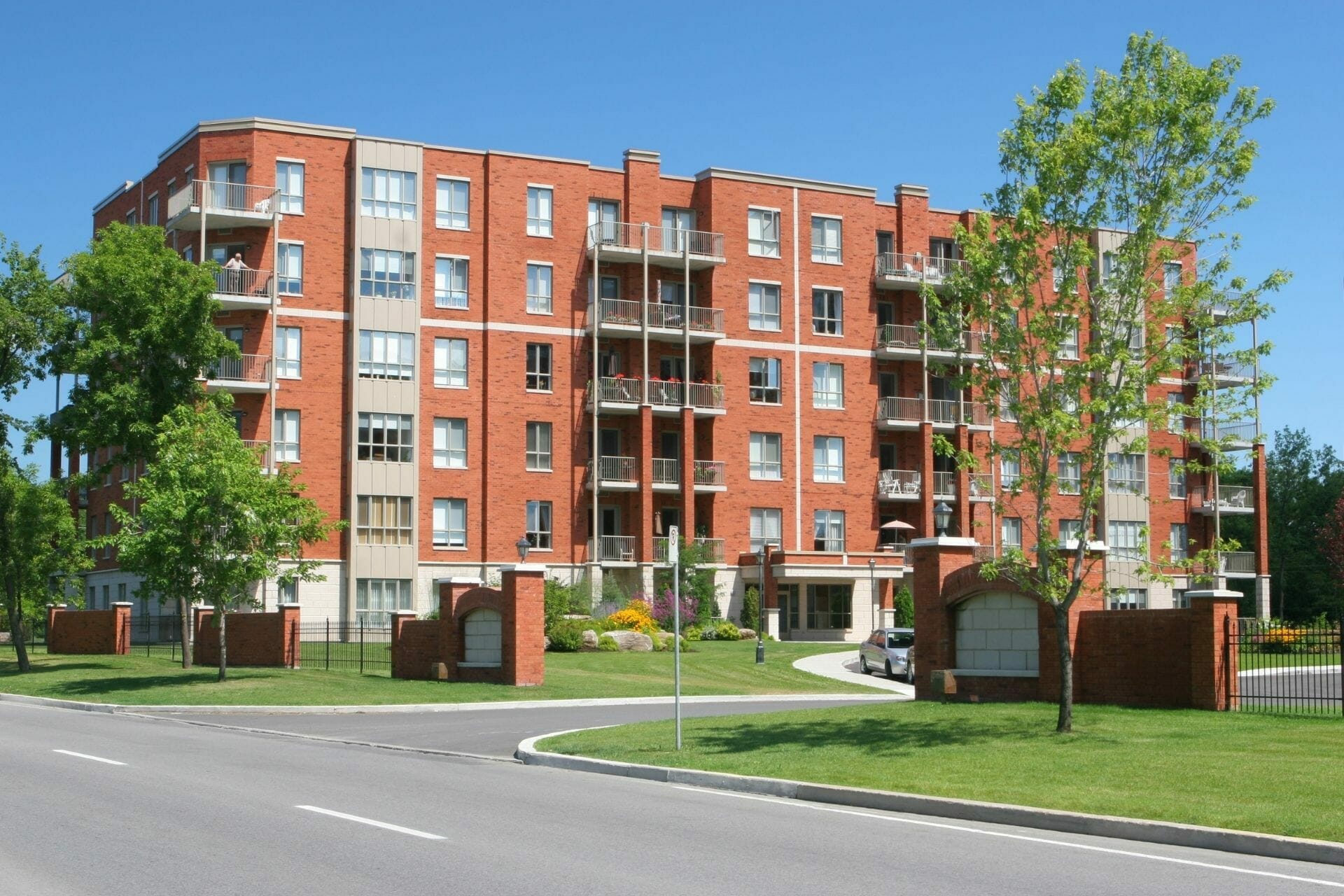How much do retirement homes cost in Ottawa? What makes one retirement home more expensive than another? Why does one person pay almost twice as much as her friend, who lives in the same residence? There are many factors that affect the cost of retirement living. The average person spends somewhere between $3,000 and $6,000 per month to live in an Ottawa retirement home. From the location and amenities to the suite size and the care a person needs, it all plays a role in the cost of retirement living.
Retirement homes and long-term care
Retirement homes are regulated by both the Retirement Homes Act, administered by the Retirement Homes Regulatory Authority (RHRA) and the Residential Tenancies Act, through the Landlord and Tenant Board. This means that retirement living costs are divided into two basic categories: care (and services) and accommodation (rent). Unlike in long-term care homes, the care costs of retirement living are not covered by your Ontario provincial health insurance program (OHIP). Likewise, retirement homes do not provide subsidized rental arrangements, whereas long-term care homes do for qualifying residents.
Location, location, location?
We’ve all heard that location is key in real estate, but does this affect the cost of retirement living too? In some cases, yes, but not to the same extent. Indeed, downtown Ottawa’s retirement homes will not be as expensive as similarly designed homes found in downtown Toronto. But when comparing homes within the greater Ottawa area, generally, the location becomes less significant. The location is just one piece of the puzzle. What the home has to offer, however, can make up several pieces of the puzzle.
So many great retirement homes in Ottawa
From the large and luxurious to the small, unique boutique, there’s a style and size to suit everyone’s taste. So, what impact on cost does the retirement building itself have? Consider these factors: amenities, age and renovations.
These days, retirement homes offer a variety of amenities; desirable features like indoor heated saltwater pools, demonstration kitchens, movie theatres, heated underground parking, gyms, and even rooftop patios. Of course, not all homes have indoor pools or rooftop patios. The most common amenities include hair salons, lounges, libraries and private dining rooms.
Retirement homes provide some smart technology systems (medical alert devices, internal communication systems). Some newer homes even have keyless (fob) suites and enhanced security systems. But older homes get renovated over time, both in the common areas and in the personal suites. In this case, the renovated suites will become a little more expensive than the older, unrenovated ones. While all of these factors contribute to a residence’s cost, the square footage of your suite is more significant.
Retirement home suites
There are two things that most influence the cost of retirement living. One of them is your suite’s size and layout. The smallest and most affordable suites available are called studios. They’re like one-room bachelor apartments with a bathroom but no separate bedroom. Most homes provide studios, 1-bedroom and 2-bedroom suites. Some even have 1-bedrooms with a den, or 2-bedrooms with a den, although these are less common. Regardless, with each type of suite, you’ll find a broad range of floorplans and sizes to suit your needs. And the size of your suite, or the square footage, will determine its cost, along with any additional features like a kitchenette, walk-in closet, or balcony.
Are cable and internet included?
Cable, in-suite internet, phone, and parking are typically not included in the monthly rate. Depending on what you want, you can expect to add $35 to about $200 more per month.
Retirement living care costs
The other most significant determinant of cost is care. It will depend on what kind of care you need, how much, and if publicly funded home care programs could provide any care to help mitigate the costs. If the care provided by your retirement home is not sufficient, additional private care may be necessary. When we meet with seniors and their families to discuss their needs, we review all of the possibilities for care and costs. Not only is it essential to find a home that meets your needs today, but it’s also necessary to consider what that might look like in the future. Once we review the scenarios, it becomes a lot easier to decide which retirement living option is right for you.
There also needs to be special consideration for care needs when couples move together. It’s not uncommon for one spouse to have higher care needs than the other. That is why it is important to look for a retirement home to accommodate their needs and budget. A retirement living guide like Supporting Seniors is beneficial in this instance. Their search criteria tend to be more focused, but their decisions complex. For example, most retirement homes offer assisted living and memory care on separate floors. This means one spouse may have to move onto another suite to receive care. The other spouse can either move with them, staying together in one suite, and continue paying the second person fee (an average of $750 per month). Or, they could stay where they are and pay for two suites. In either case, it’s crucial to understand the possibilities before choosing a place.
The lifestyles
Retirement homes offer a range of services and care support, called lifestyles. There are three essential lifestyles in retirement living: independent living, assisted living and memory care. It is important to note that not every retirement home provides all three lifestyles, as many offer independent or independent and assisted living only.
Some of the care support provided includes assistance with bathing, dressing, medication management and administration, and specialized memory (dementia) care support. Some places offer higher levels of care, such as assistance with transferring (from bed to walker or wheelchair) and even mealtime assistance. As one’s care needs increase, so too does the cost. But how much depends on an essential aspect of care costs: types of care plans.
Care plans
There are two basic types of care plans, with many other variations and combinations. We’ll discuss the two main types for simplicity, what we refer to as “all-inclusive care plans” and “a-la-carte care plans.”
All-inclusive care plans
All-inclusive care plans are packages of care provided for a specific lifestyle. For example, a care plan for an assisted living lifestyle might include assistance with bathing, dressing, personal hygiene, mobility, and medication management. This type of care plan is straightforward. For example, unlike other care plans, the cost is not determined by how many minutes of assistance one requires in a day. Instead, it’s more like a flat-rate fee. But an all-inclusive care plan does not mean that there aren’t any a-la-carte options. It’s just that there are fewer options because the majority of the care is already covered.
A-la-carte care plans
This type of care option provides a basic level of assistance for each care level (Independent, Assisted Living, Memory Care). It then provides a menu of additional care options to pick and choose from to “customize” a care plan. With this type of care-cost arrangement, there is the potential for care costs to fluctuate as your care needs may change from month to month.
Retirement living and LHIN care
There are ways to mitigate some of the costs of care. In Ontario, the Ministry of Health & Long-Term Care (MOHLTC) manages the publicly-funded home care, and health services called the Local Health Integration Networks (LHINs). The Champlain LHIN covers the Ottawa area. It can assist with personal care, including daily morning and evening routines, bathing and specific nursing care needs. You’ll save some of the costs if you use LHIN care over the care provided by the retirement home.
Additional care costs
While your regular care costs are in your monthly payment, you may want to use other services that are pay-per-use. These include haircuts, foot care, manicures, private physiotherapy, visiting mobile clinics (dental, hearing aid, walker maintenance). These are all variable costs that you would pay directly to the private agencies.
Find the right retirement home
There is a lot to consider in the cost of retirement living. It’s not only about what you’ll pay today, but what your future care needs may cost you. And with so many great retirement homes to choose from, it’s easy to become overwhelmed. Supporting Seniors is a trusted guide for seniors and their families looking for the right retirement home here in Ottawa. Our priority is to help you find the retirement home that best matches your care needs, preferences and budget. We’ll help you avoid much unnecessary stress by clearly laying out your options so that you can plan, budget and anticipate what the years to come will look like for different retirement homes. Contact us to start your search today.





